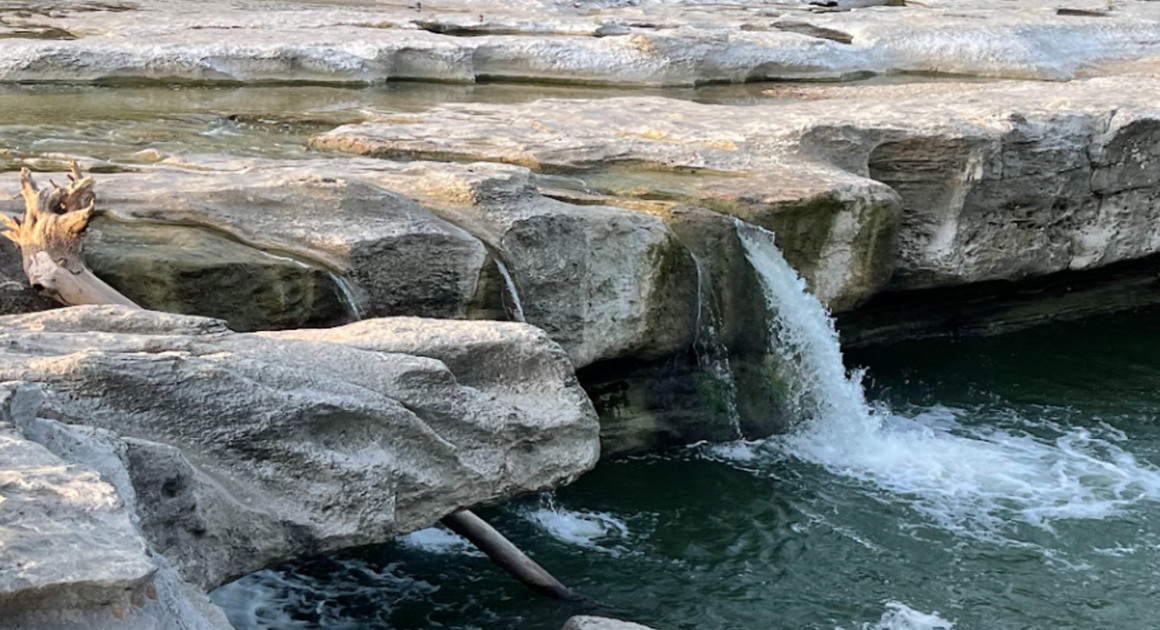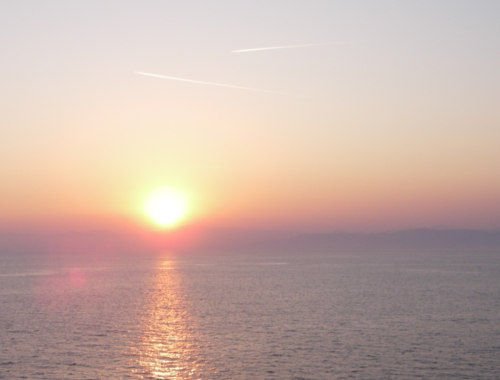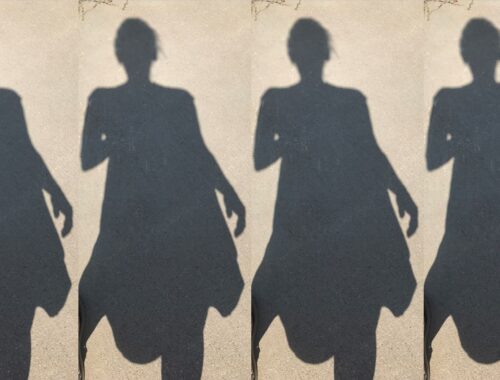
Finding It Within Ourselves
In the psychiatrist Bessel van der Volk’s popular and influential 2014 book, The Body Keeps the Score: Brain, Mind, and Body in the Healing of Trauma, he traces—in often excruciating detail—a range of his patients’ traumas and the ways in which those traumas can become lodged within the body (including the brain) and influence and shape/distort body, mind, and behavior for decades unless/until effectively addressed. Van der Volk’s work is ultimately hopeful, since he offers examples of his patients’ resilience and healing, as well as possible and accessible treatment modalities far beyond talk therapy or pharmaceutical treatments. Wider research on the long reach of adverse childhood events (ACEs) into adult health outcomes and life choices (Felitti, et al, 1998, and Rariden, et al, 2021) further reveal the complexity and power of the ways in which our bodies hold and respond to life’s happenings.
I think the idea of the body as a layered map of lived experience can be extended to every kind of accumulation, ones viewed as both negative and positive. If the body is a repository of trauma, it must also be able to hold an accumulation of peace, of calm, of healing. If experience can accumulate, it must also be possible for it to dislodge, decumulate, dissipate. So much of suffering comes from that which is visited upon us without our agency (and also as a result of the meanings we make of the visitations or the ways in which we refuse and resist them). So much of what can relieve suffering comes from what we’re able to access both as response and in advance.
With every year, I am older—aging!—and my peers are with me along the same trajectory. What I witness in my own body and mind and in what others share about theirs—both in verbal articulations and in public movements—display the accumulations of our years. I want to be in a welcoming, graceful dance and a quiet, vibrant conversation with these years and where they are residing in my body/mind/spirit. When I practice the simplest of body/mind/spirit rituals—when I exercise gentle choice over the smallest units of bodily movement, of (non-judg)mental focus, of time and space—I feel incremental releases of the stores of sorrow, and I feel a deepening of the well of sustenance. Day after day, even in just minutes each of resonant breathing, of yin yogic and walking movements, of prayer and meditation, constrictions are released and resilience increased. Hundreds and thousands of these tiny actions accumulate over time: balm and nourishment, transformation and transcendence.




